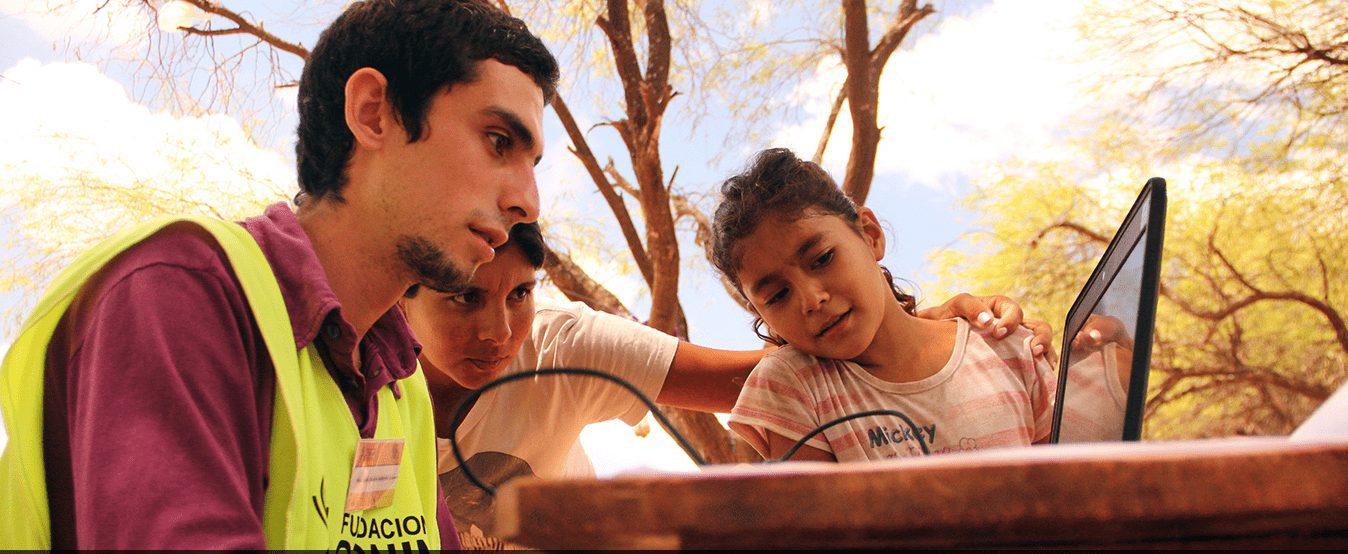[vc_row][vc_column][vc_column_text]
Office 365 Case Study: PATH
As written on Microsoft.com
Saving lives through innovation and IT
PATH, a Seattle-based global health nonprofit that innovates better solutions to help the world’s most at-risk groups, also tackled an equally daunting logistical problem: “With a piecemeal infrastructure struggling to keep pace with 38 offices and nearly 1,300 employees, most of whom work in the field in hard-to-reach locations, the organization needed to improve its own technological vitals. In short: “Our global footprint had expanded beyond our investment in IT,” explains chief information officer Erik Arnold.
A global rollout of Office 365 not only standardized its infrastructure; the cloud-based tools helped staff work faster and smarter to pursue projects in the most remote corners of the world—where its life-saving work is most needed. They now
-
overcome in-country connectivity issues,
-
strengthen coalitions with outside organizations,
-
break free of physical IT hardware,
-
expand without extraordinary expense, and
-
collaborate with colleagues around the world.
“This solution ensures we maximize the amount of our funding that goes directly to the activities that advance our program missions.” - Chief Information Officer Erik Arnold
Technology overcomes global barriers
Adapting to on-the-ground realities
PATH works in what Arnold generously calls “challenging places”—where internet connection, electricity and even roads aren’t reliable. Office 365 enables staff in remote areas to communicate with other locations, make deadlines and most importantly meet health needs. Mobile access to SharePoint, for example, allowed field staff in Kenya to send invoices and time cards to the Nairobi office, replacing their old system—delivering paper documents via motorcycle and airplane.
Employees can also check out documents to their laptop or mobile device from SharePoint, make edits then check the file back in—all so changes aren’t lost if the internet connection fails. “That feature means our teams in Tanzania and Zambia can use it more easily, helping them buy in to the system,” says Laurie Werner, deputy director of PATH’s Better Immunization Data Initiative.
Building partnerships
“The cloud is the only way our teams can efficiently collaborate not only within the organization but also when we partner with corporations, universities, governments and other nonprofits to build coalitions and partnerships,” Arnold says. “Office 365 is the obvious solution.” He has seen how adding Zambian health officials’ edits in real time to a diagram of health supplies distribution using Visio, flow chart software available at a steep discount to Office 365 Nonprofit recipients, strengthens relationships and streamlines workflow.
Another example: The Better Immunization Data Initiative, which uses data to improve countries’ delivery of vital vaccines, used SharePoint to collaborate on literature reviews, initial assessments and other documents at its onset; now that the project is underway, it provides updates to its external evaluator via the same platform. And because PATH depends on outside alliances—to develop lifesaving medicine and track children’s immunization schedules, for example—these tools are literally saving lives.
Staying flexible
PATH’s footprint is continually changing—it opens and closes offices as needed, moving personnel as they meet milestones and tackle new health crises. “We are cloud first—we have to be,” Arnold explains.
Instead of relying on on-site servers and other hardware, PATH safely stores all data in the cloud for immediate access anywhere, anytime and from any device. “We can move more quickly, scale up teams and spin up new solutions in sites in different countries,” Arnold says. “It’s so much easier when we’re not managing physical boxes and configurations.”
Scaling up
PATH is always evolving to meet the world’s health needs: It has seen double-digit growth for more than a decade. Modernizing its IT system provides scalability without a huge expense. “As a nonprofit, it would be irresponsible to build a large, complex, and expensive IT organization,” Arnold says.
“This solution ensures we maximize the amount of our funding that goes directly to the activities that advance our program missions.”
Collapsing distance and time zones
“SharePoint reduces my workload but increases our ability to communicate,” says Werner, who manages an international team from Seattle. She has set up alerts when staff from other offices update documents or complete tasks, so she always knows the status of any given deliverable. With all important documentation uploaded into SharePoint, she no longer has to hunt for information buried in her email or rely heavily on conference calls spanning multiple time zones.
“Office 365 gave us an efficiency we didn’t have,” she adds. “We have been able to develop interventions and ramp up our projects more quickly even though our teams are dispersed.” From the Peruvian rainforest to far-flung villages in Myanmar, that means PATH can build healthier communities—and save lives.
[/vc_column_text][/vc_column][/vc_row]
Continued Reading

December 16, 2016
Case Study: CONIN
CONIN: Finding, reaching and helping at-risk children through the cloud […]
LEARN MORECase Studies
Nonprofit

December 16, 2016
Are you holding the right kind of meeting?
Are you holding the right kind of meeting? By Skype […]
LEARN MOREOffice365
Productivity Tools

